It’s hard to believe the kind of destruction a volcanic eruption will cause until you walk on the lava roads on The Big Island of Hawaii. What distinguishes the Big Island from the other Hawaiian Islands is that it’s home to two active volcanoes: Mauna Loa and Kilauea. There are not very many places on this planet where you can still watch the earth being born.
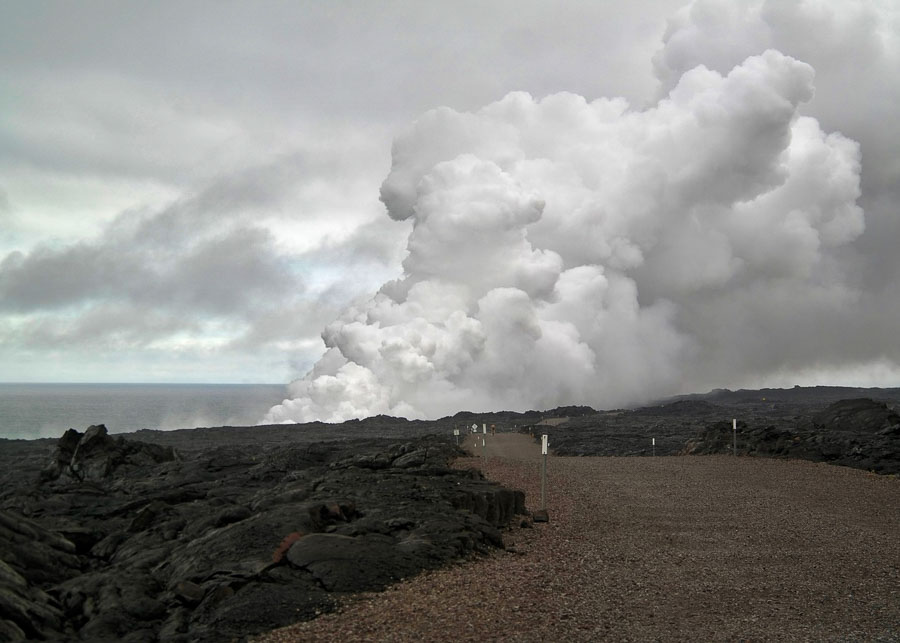
Table of Contents
Kilauea, a Destructing Volcano
Kilauea erupted nearly continuously from 1983 to 2018, causing considerable property damage. The area that was most affected by this eruptions was the Puna District, on the east side of the island. The lava flow destroyed almost completely the towns in this area: Kalapana, in 1990 and Kapoho, in 2018.
There are two of the areas where you can view the lava flow and its destructions. One is in the Puna District and the other is in the Volcanoes National Park.
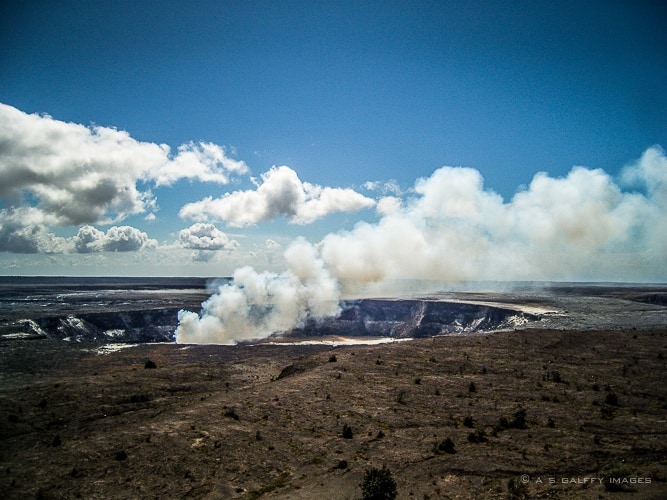
Where Can You See the Lava Flow in Hawaii?
Puna District is located on the eastern tip of the island, about 40-50 minutes away from the town of Hilo. We were on our way to the Volcanoes National Park, but stopped in Puna to see the lava flow.
The drive begins at the Lava Trees State Park and has very many scenic stops on the way, ending where the lava crosses
READ NEXT: What to Wear in Hawaii: the Ultimate Male and Female Packing List
Walking on the Lava Roads in Hawaii
Except for the Road to Hana in Maui, there is no wilder and more impressive place to see in Hawaii than the Lava Trees State Park. It is a very strange feeling to stand on a field of of black lava stretching as far as the eye can see.

First of all, if the lava is so hot you won’t be able to walk too close to it because the heat it irradiates will burn you. Secondly, during the day time the reddish color is very hard to see. But if you are after the scary, strong sensation of seeing the incandescent lava, take a night helicopter tour. They’ll take you to areas where you ca still see it.
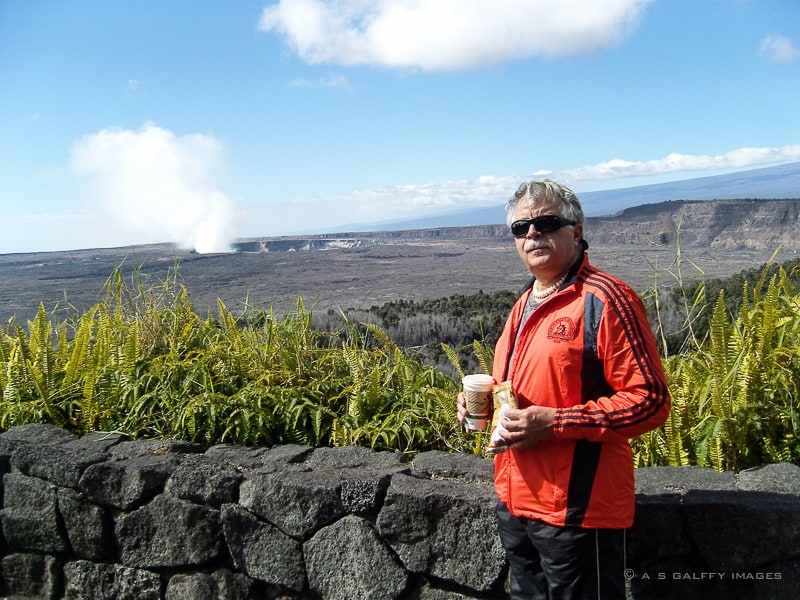
In 1990, lava from Kilauea volcano flooded the little village of Kalapana, destroying absolutely everything in its path. The visit of what is left of this area is a very grim reminder of what the power of nature can do when unleashed.
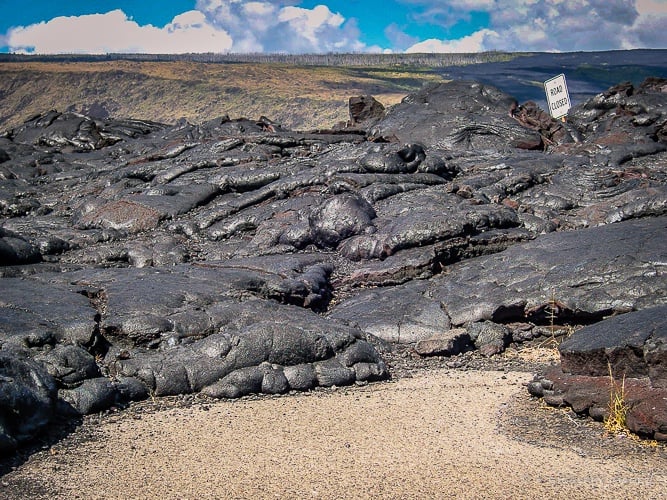
The area was closed for almost 20 years, but officially opened in 2009 and is now safe to explore by foot. The viewing site is located at the end of Highway 130 in Puna and is open between 2:00 p.m. to 10:00 p.m.
The hike is about 20-30 minutes long and not very difficult, but requires sturdy hiking shoes. In some parts the trail gets very close to the ocean, so if you venture there be careful because the land is extremely unstable and could collapse into the ocean at any time.
READ NEXT: Where to Find the Best Black Sand Beaches in Maui
Where to See Black Sand Beaches Created by the Lava Flow
Pohoiki (or Isaac Hale Beach Park) is one of the newest black sand beaches in Hawaii, created during the 2018 lower Puna eruption. The old Pohoiki beach barely escaped being totally buried, when a thick layer of lava covered part of the shoreline. The lava flow stopped just 70 meters away from the harbor, covering part of the park, the trees, and the cabins in its path.
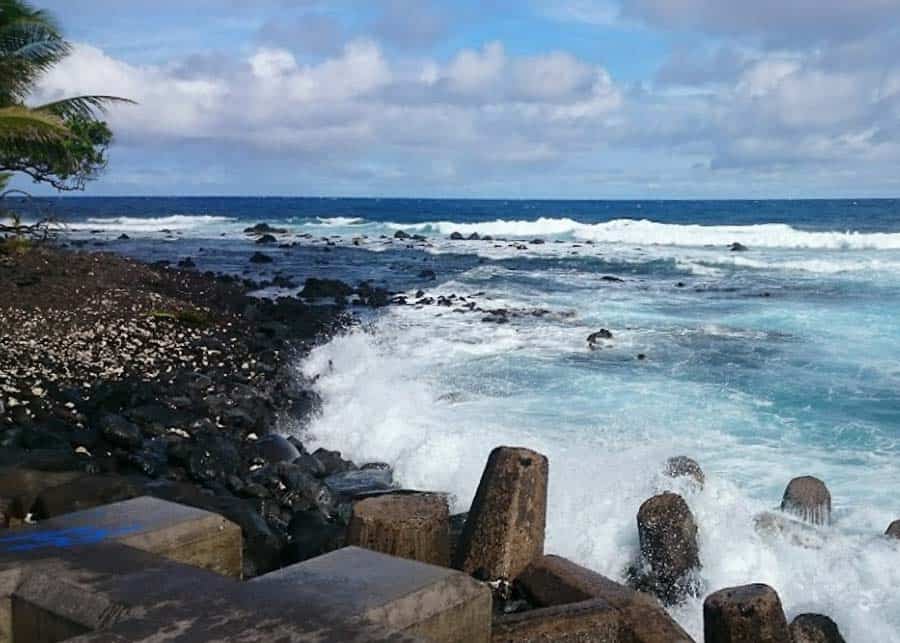
Another beautiful black sand beach created by a recent lava flow is Kaimu. This is a relatively new beach in the Puna District of Hawaii. The beach was formed in 1990, when a river of lava completely covered the shoreline, burying the original Kaimu Beach and the entire village of Kalapana. To get to the beach, you need to walk across a field of cracked, thick lava for about a quarter of a mile.
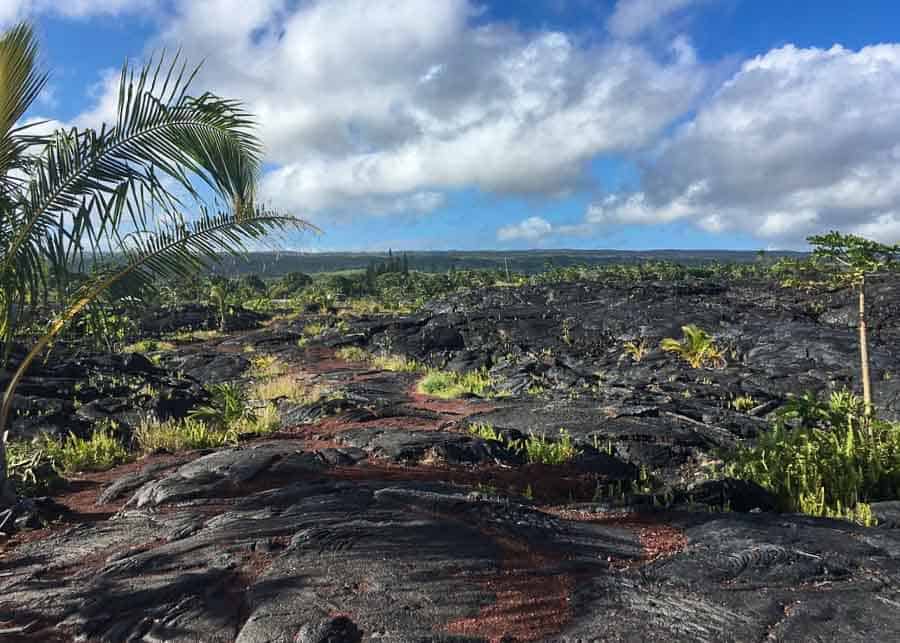

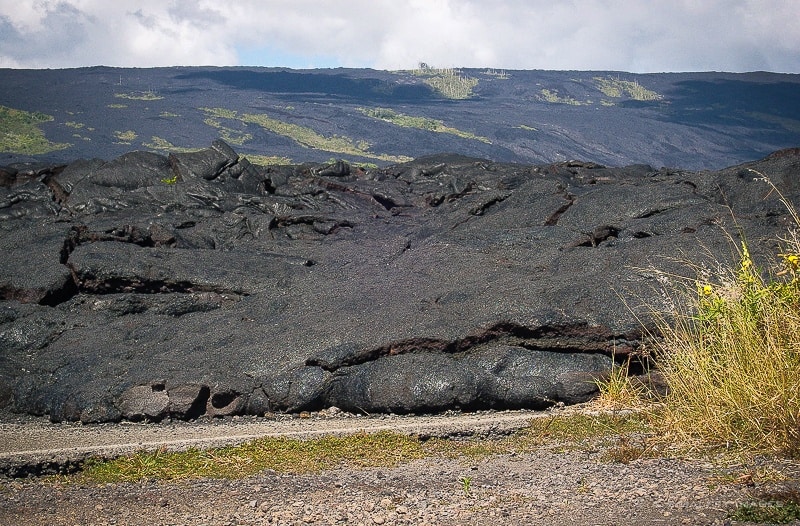
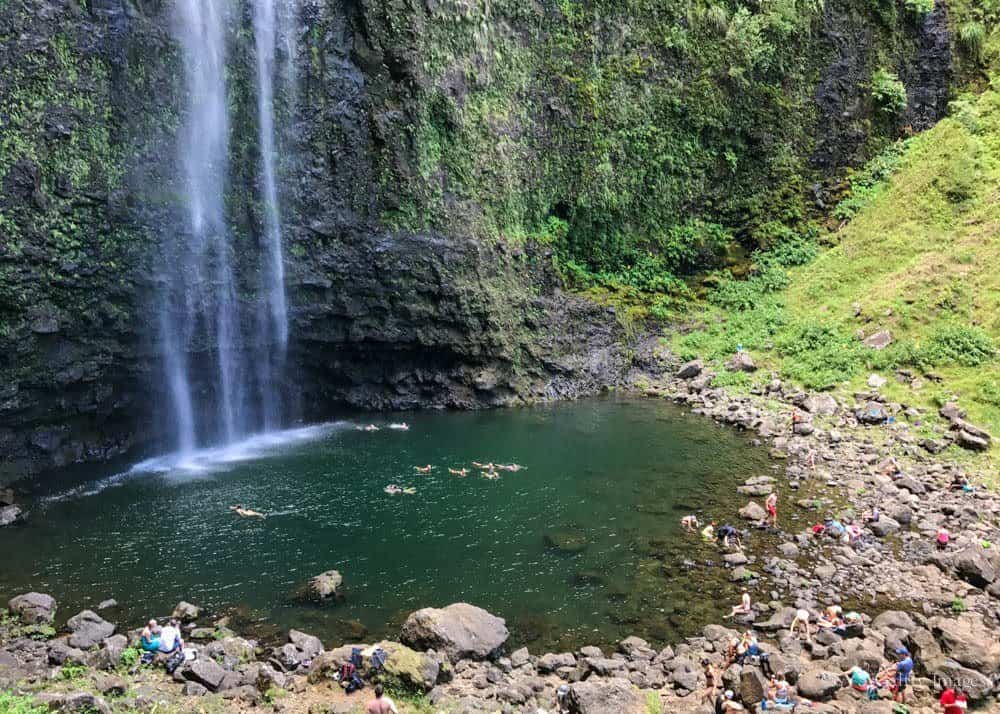 The Ultimate Guide to Hiking the Hanakapiai Falls Trail in Kauai
The Ultimate Guide to Hiking the Hanakapiai Falls Trail in Kauai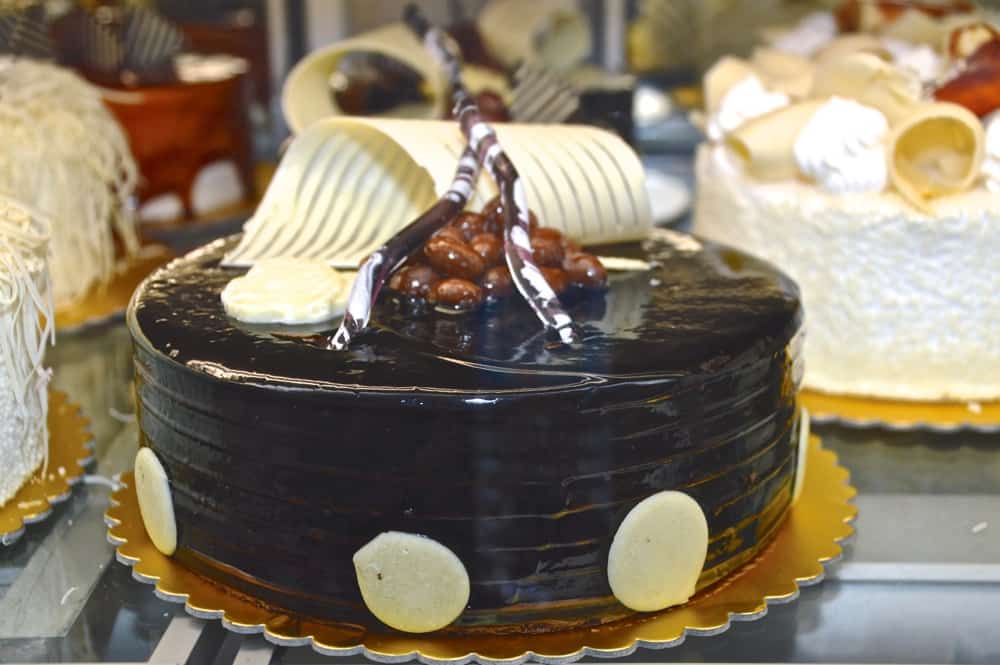



Michele {Malaysian Meanders}
When we visited in 2010, the lava flow was visible at night way up on the mountainside. I didn’t have a tripod, so all my pictures are rather blurry. I was a bit disappointed as it was flowing into the ocean a few weeks before we arrived, and I had planned on taking a boat out to see it.
Anda Galffy
I did’t see it flowing into the ocean either, Michelle, although we’ve been there so many times.
Jim ~ ReflectionsEnroute
I would love to be able to take the helicopter at night and see the lava flowing into the ocean. Thanks for linking up with #wkendtravelinspiration Anda!
Anda Galffy
I thought of that too, but I am kind of afraid of flying in a helicopter, Jim. I’m sure the vie from up there is absolutely spectacular.
Tanja (the Red phone box travels)
oh wow! I’ve been to Pompeii and saw the entire Roman city destroyed by the volcano (but also preserved ) #wkendtravelinspiration
Rhonda Albom
I remember when the lava flow went through the town. The images of the slow creeping lava burning plants and anything else in its path have stuck with me.
Anda Galffy
It’s terrifying what these volcanoes can do, Rhonda.
Laszlo
Few things remind you more of the greatness of nature than volcanoes. But their activity can leave traces that are not only scary but also fun. I love to drive 4x4s on lava! I think I am really good at it, still I never managed to have I passengers. Whenever I drive on lava roads my wife decides to walk, sometimes for miles!